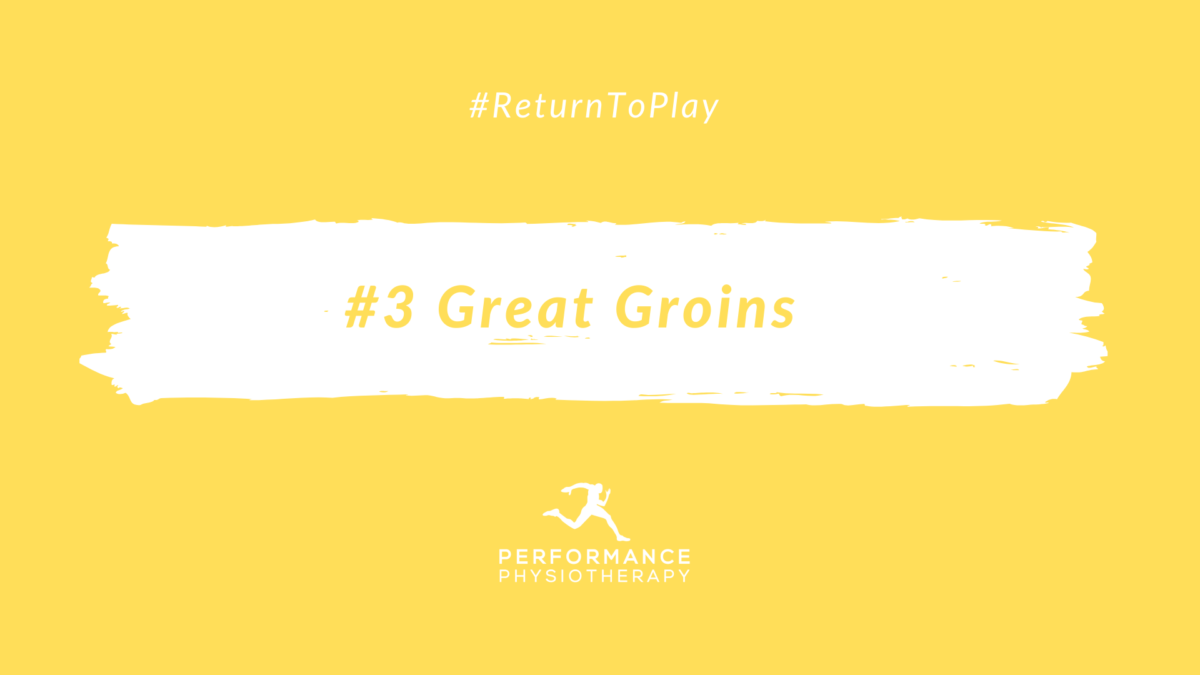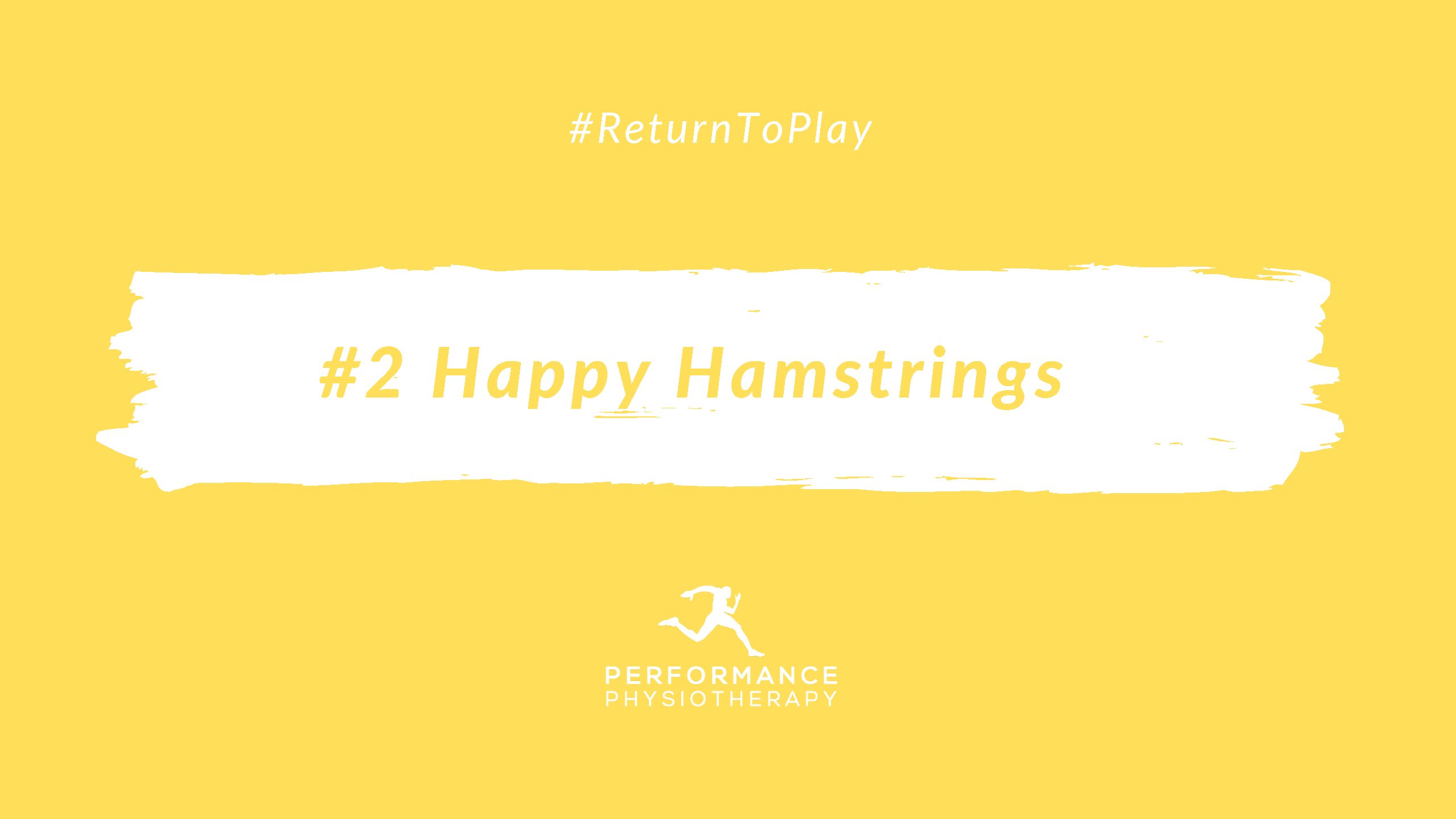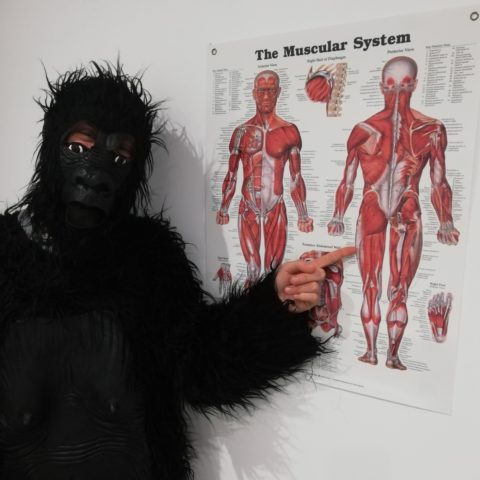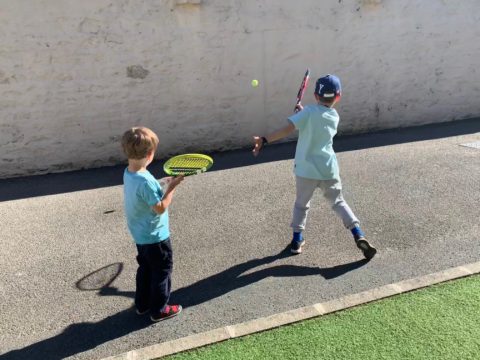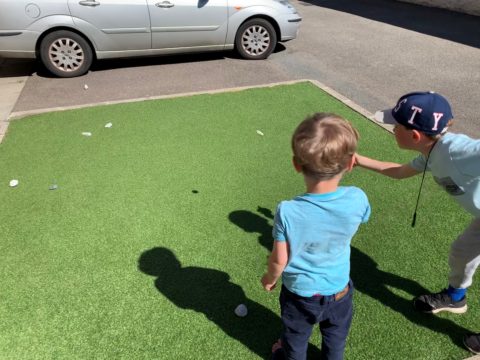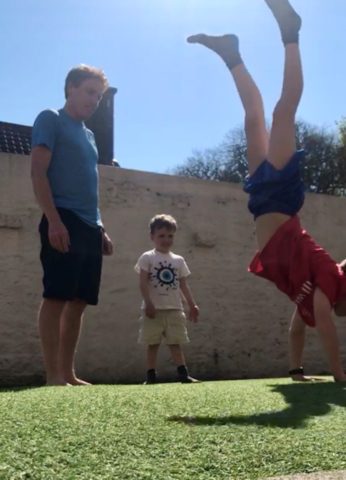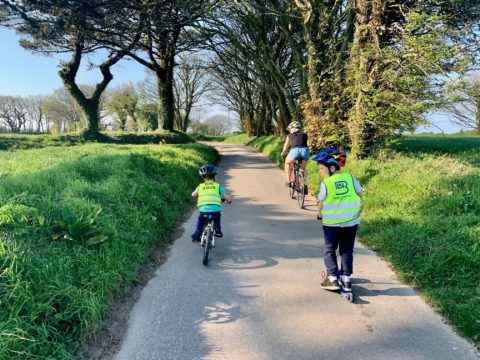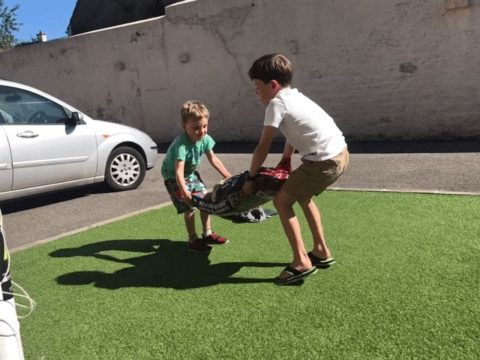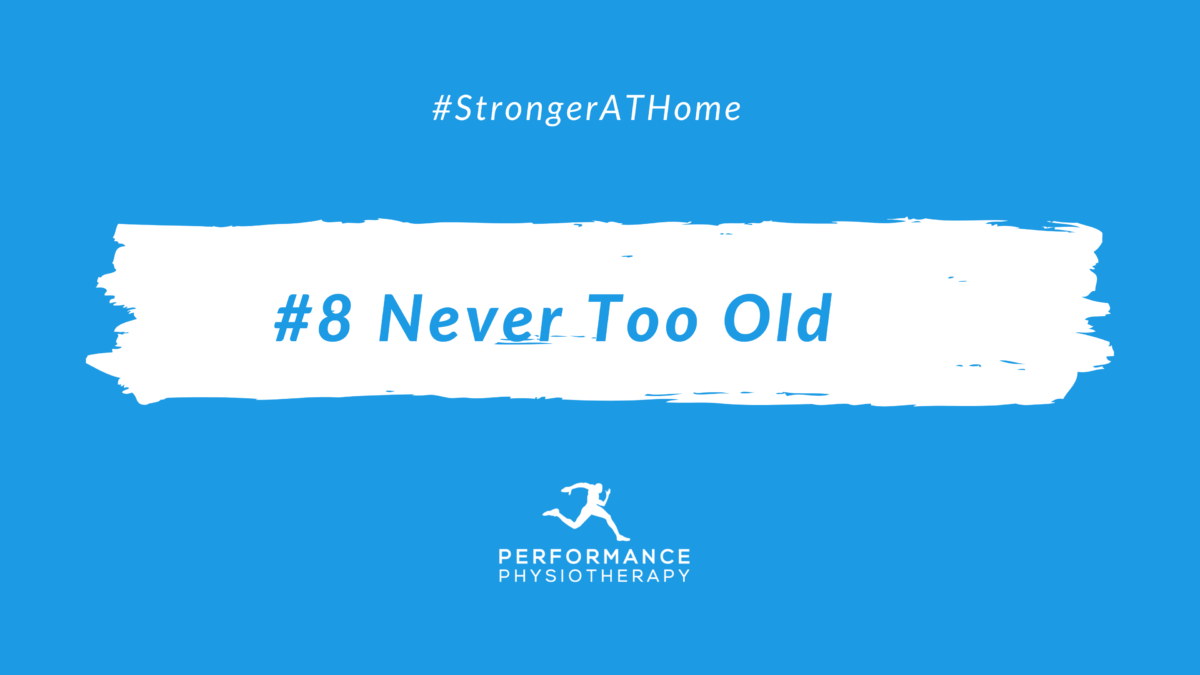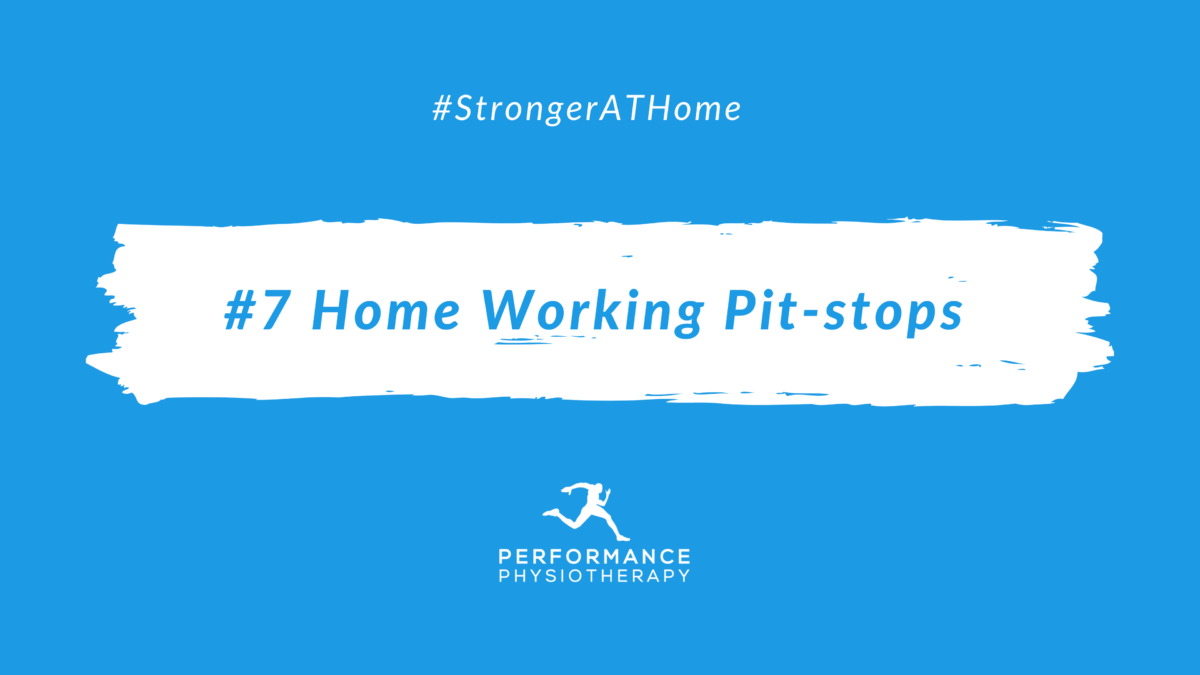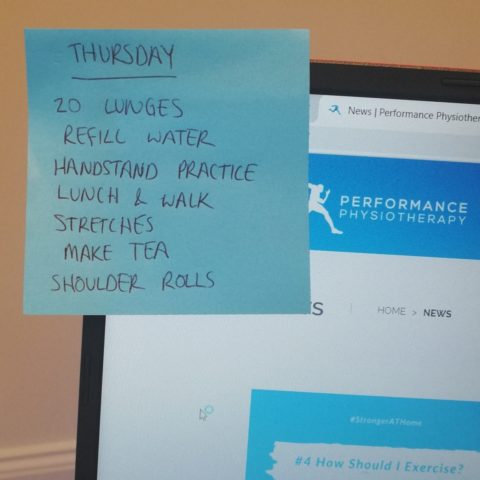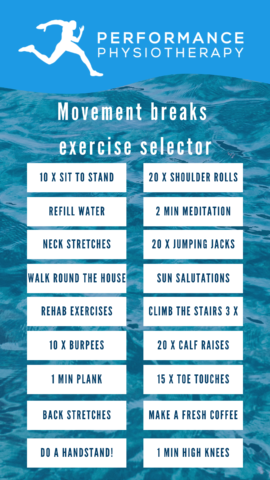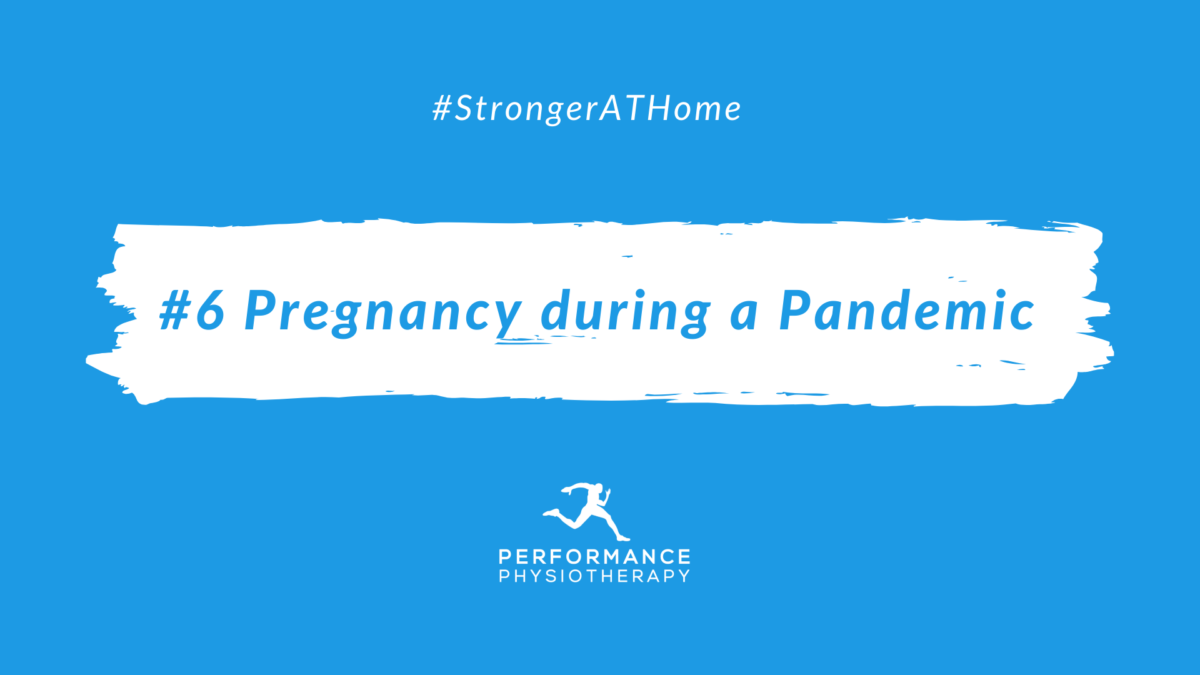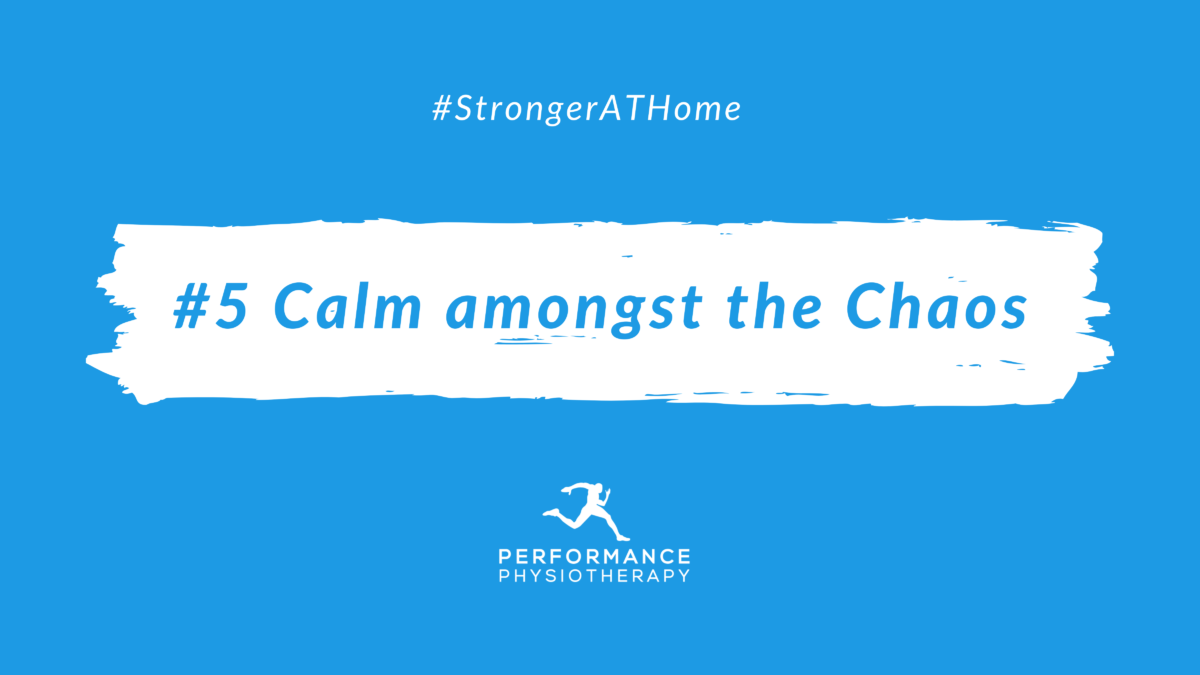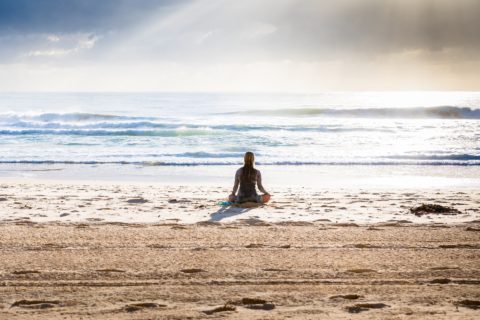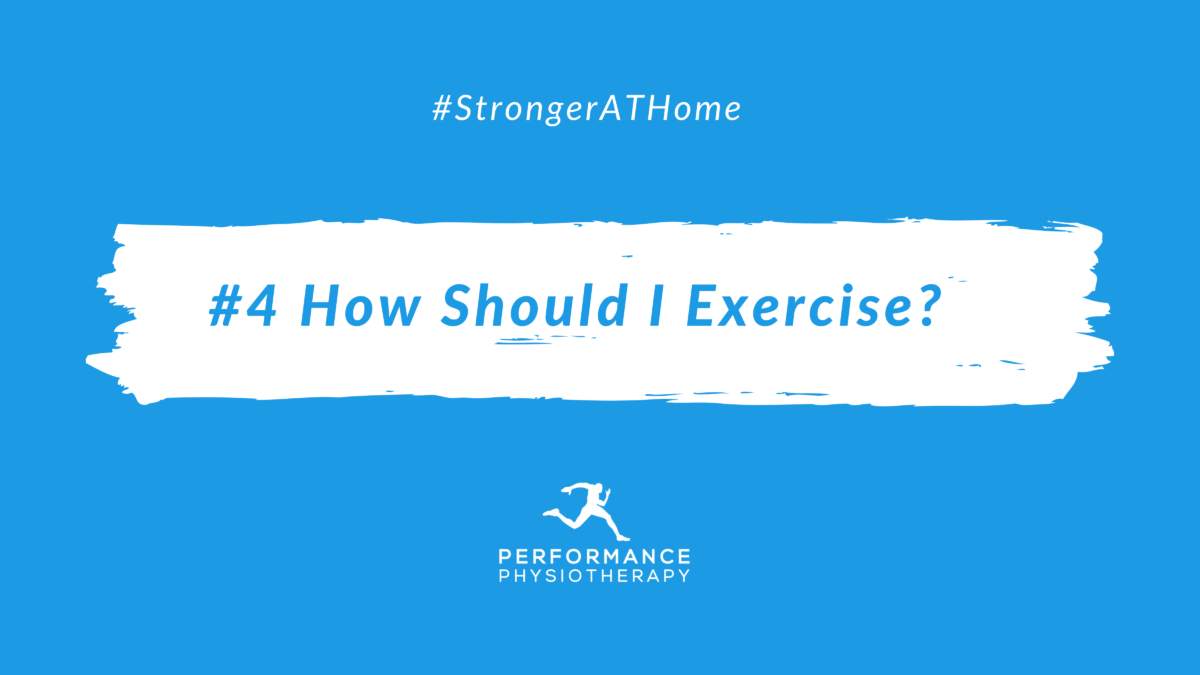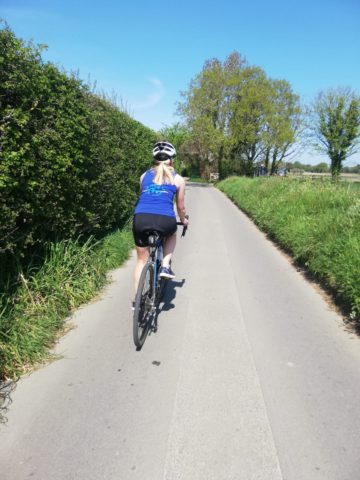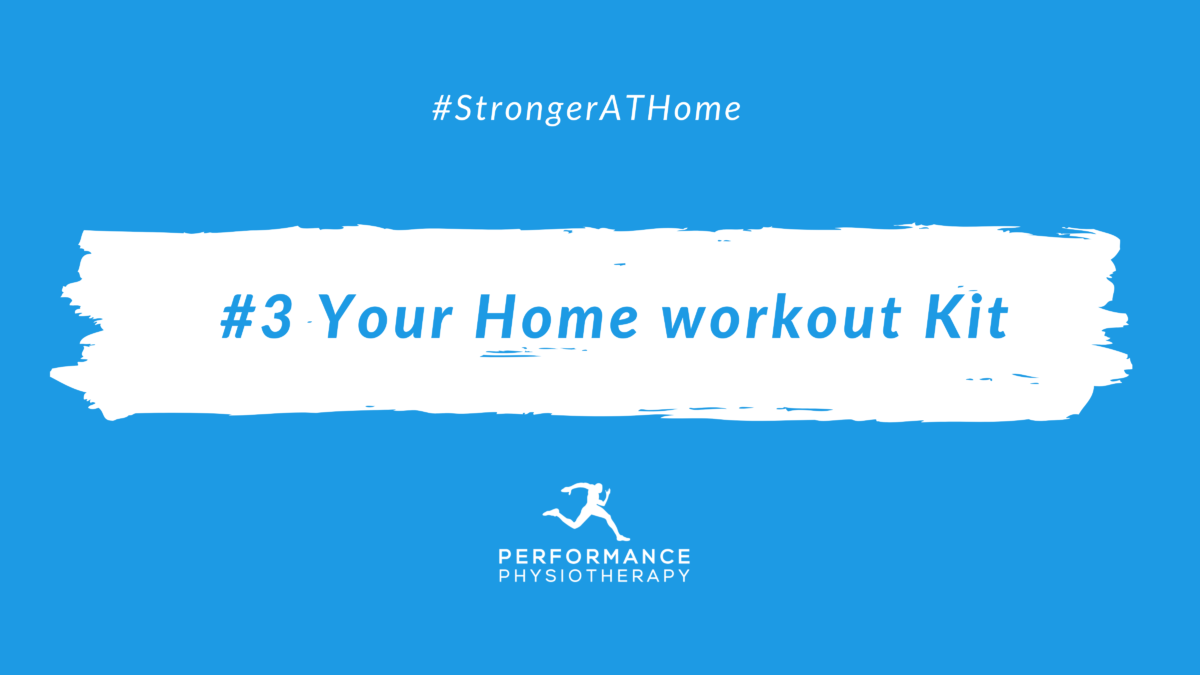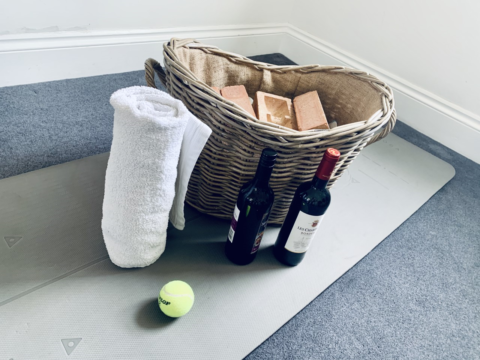So now your hamstrings are in great shape from our previous blog post lets work round to the inner thigh/groin, to a group of essential muscles called the adductors.
Adduction
NOUN
physiology
adduction (noun)
The movement of a limb or other part towards the midline of the body or towards another part.
The opposite of abduction.
Groin strain is relatively common injury, though fortunately there is some compelling evidence on how to prevent it with a simple exercise completed as part of your warm up or gym routine.
This Scandinavian study found a 40% reduction in groin injury from following the exercise protocol in male players. Unfortunately there is no research looking into the same protocol for females or adolescents though we can assume a certain amount of the benefit will be the same for different groups.
If at any point during or following the exercises you experience pain in your groin, please regress by one level for a few weeks then try again.
So where do I start?
We would suggest starting with level 1 exercises…
Lying on your side with your top leg resting in front of you
Slowly lift your bottom leg off the ground as high as it can go then lower it back down.
Repeat on both sides.
When you feel strong with that exercise, progress to level 2…
In a side plank position with a partner holding your top knee with both hands (or you can use the straps of a suspension trainer or bench in the gym).
Pushing down with the top leg to bridge your body up and bring your bottom leg to meet the top one.
Slowly lower back down & repeat on both sides.
Then when you feel great doing that version, progress to level 3!
In a side plank position with a partner holding your knee and ankle (or using the straps of the suspension trainer or bench in the gym).
Pushing down with the top leg to bridge your body up and bring your bottom leg to meet the top one.
Slowly lower back down & repeat on both sides.
Phew! We said the exercises were simple but they certainly aren’t easy!
With each exercise start with 3-5 repetitions on each side & build up to 12-15 repetitions on each side, 1 to 3 times per week. If you want to get really technical you can follow the sets and repetitions from the study
Don’t hesitate to get in touch if you’ve sustained an injury or want some advice.
This is especially important if you’ve had more than one episode or longstanding groin pain as it can develop into a chronic issue if ignored- but we can help!
Happy exercising!
Blog Post by…
Fiona Robertson
BSc(Hons) Physiotherapy MCSP

